CIRCUIT DESCRIPTION:
The Transmission Fluid Temperature (TFT) sensor is incorporated into the Pressure Switch Manifold (PSM), which is located in the transmission oil pan. The TFT sensor is a thermistor that changes its resistance value based on the temperature of the transmission fluid. The Transmission Control Module (TCM) measures the voltage drop across the TFT sensor. As the TFT sensor resistance changes the voltage drop recorded across the thermistor will increase or decrease proportionately. The TCM uses this information to determine sump temperature. DTC P0713 sets when the TFT sensor indicates a resistance of higher than a calibrated value for a calibrated time.
ACTION TAKEN WHEN THE DTC SETS:
1. The CHECK TRANS light is not illuminated (non-OBD II strategy).
2. The TCM forces Variable Modulated Mod off.
3. The TCM uses calibration default for temperature values.
4. DTC P0713 is stored in the TCM history.
CONDITIONS FOR CLEARING THE DTC:
Use the diagnostic tool to clear the DTC from the TCM history. The TCM automatically clears the DTC from the TCM history if the vehicle completes 40 warm-up cycles without the DTC recurring. The TCM cancels the DTC default actions when the fault no longer exists, and the ignition has been cycled.
DIAGNOSTIC AIDS:
The following procedures are not documented in any OEM procedures or in any OEM Troubleshooting or Service information and therefore should not be used as a method to diagnose any transmission DTCs, function, or shift quality concern:
1. Back-probing any connections used for transmission features or functions may damage and/or unlock terminals from the back-probed connector creating permanent or intermittent shorts and/or open circuits. If possible, use the J-39700 Breakout Box, the appropriate harness adapters, and appropriate magnetic overlays to troubleshoot the vehicle.
2. Load-testing any transmission-related circuits with any other electrical devices such as vehicle lamps or relays, especially with the TCM connected to the harness. Use J-39700 Breakout Box and appropriate harnesses with the diagnostic tool to monitor the circuit performance in question unless otherwise specified in the various Troubleshooting information.
3. Piercing a wire to check for voltages, shorts-to-grounds or other wires anywhere in the circuit but especially at the TCM. This creates a leak path for moisture and damages the wire and insulation.
If DTC P0713 does not return when cleared, but was once present, an intermittent condition has occurred on the circuit shown in the thumbnail drawing. Due to the nature of intermittent conditions, it may be necessary to eliminate all of the components associated with the transmission before returning the vehicle to the vehicle manufacturer for harness replacement.
The following components should be tested as indicated before suspecting an OEM vehicle harness:
1. TCM – Substitute a known good TCM and drive vehicle, if concern is eliminated, reinstall old TCM to confirm complaint returns.
2. Internal Harness and PSM – Remove the transmission oil pan, remove internal harness and PSM assembly. Using a Digital Volt/Ohmmeter (DVOM), check for open or shorting conditions and check the thermistor for the proper resistance value.
Inspect the wiring for poor electrical connections at the TCM. Look for the following conditions:
1. A bent terminal.
2. A backed-out terminal.
3. A damaged terminal.
4. Poor terminal tension.
5. A chafed wire.
6. A broken wire inside the insulation.
When diagnosing for an intermittent short or open, massage the wiring harness while watching the test equipment for a change.
You may have to drive the vehicle in order to experience a fault.
DTC P0218 may set after DTC P0713 has set. Follow the diagnostic information for DTC P0713 before proceeding to the diagnostic test for DTC P0218.


 AGCO
AGCO ALLISON
ALLISON BENDIX
BENDIX BOBCAT
BOBCAT CAT
CAT CLAAS
CLAAS CNH
CNH DAF
DAF DETROIT
DETROIT EATON
EATON FREIGHTLINER
FREIGHTLINER HINO
HINO HITACHI
HITACHI ISUZU
ISUZU JCB
JCB JOHN DEERE
JOHN DEERE JPRO
JPRO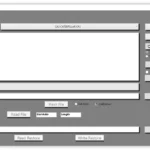 MAGIC TUNER
MAGIC TUNER MAN
MAN Navistar
Navistar PACCAR
PACCAR PERKINS
PERKINS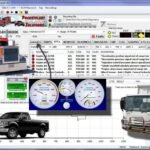 PF DIAGNOSE
PF DIAGNOSE PSI POWERLINK
PSI POWERLINK RENAULT
RENAULT SCANIA
SCANIA THERMO KING
THERMO KING UD NISSAN
UD NISSAN VOLVO
VOLVO WABCO
WABCO ZF TESTMAN
ZF TESTMAN
 BELL
BELL BENDIX
BENDIX BOBCAT
BOBCAT CARRIE
CARRIE DAF
DAF DETROIT
DETROIT EATON
EATON FUSO
FUSO MACK
MACK
 Cumminz
Cumminz ISB4.5 CM2150
ISB4.5 CM2150 All Engines (2017 Emissions)
All Engines (2017 Emissions) PACCAR
PACCAR
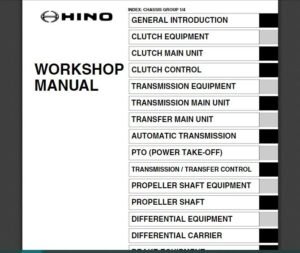



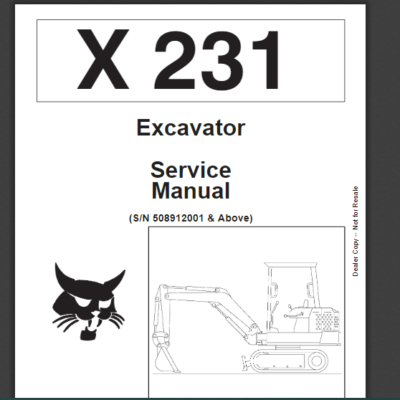
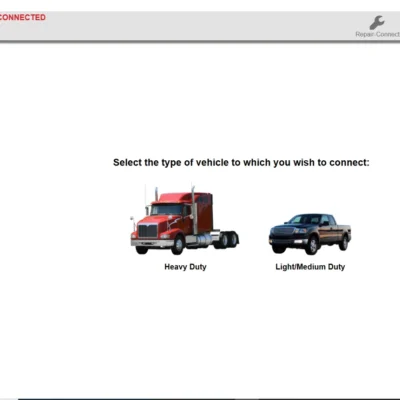
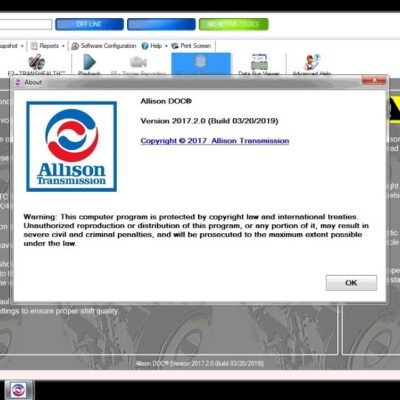
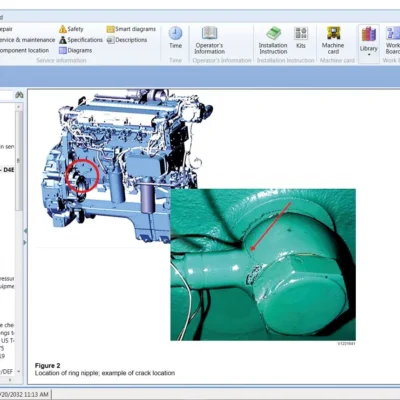
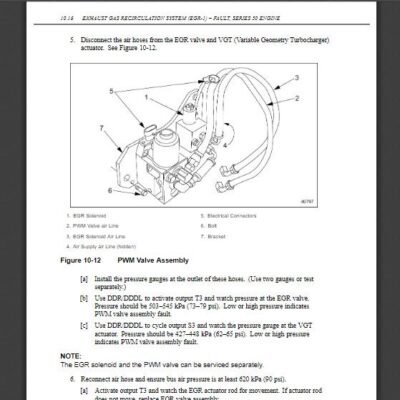
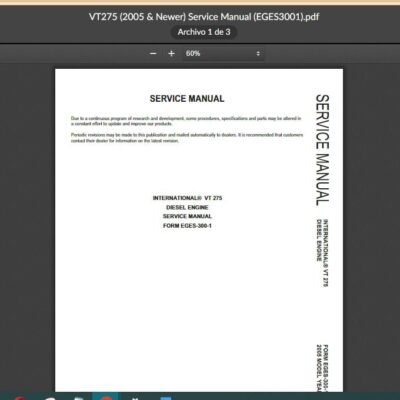
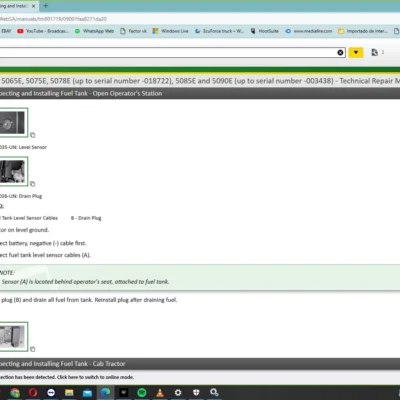


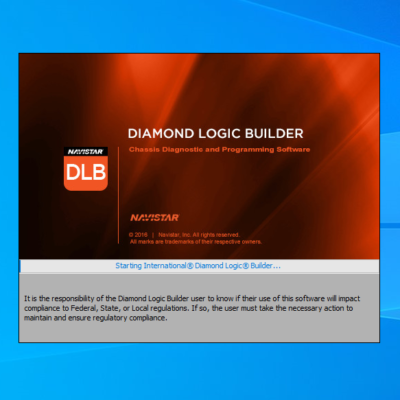

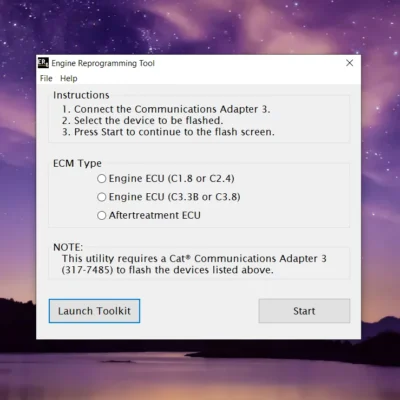
Reviews
Clear filtersThere are no reviews yet.